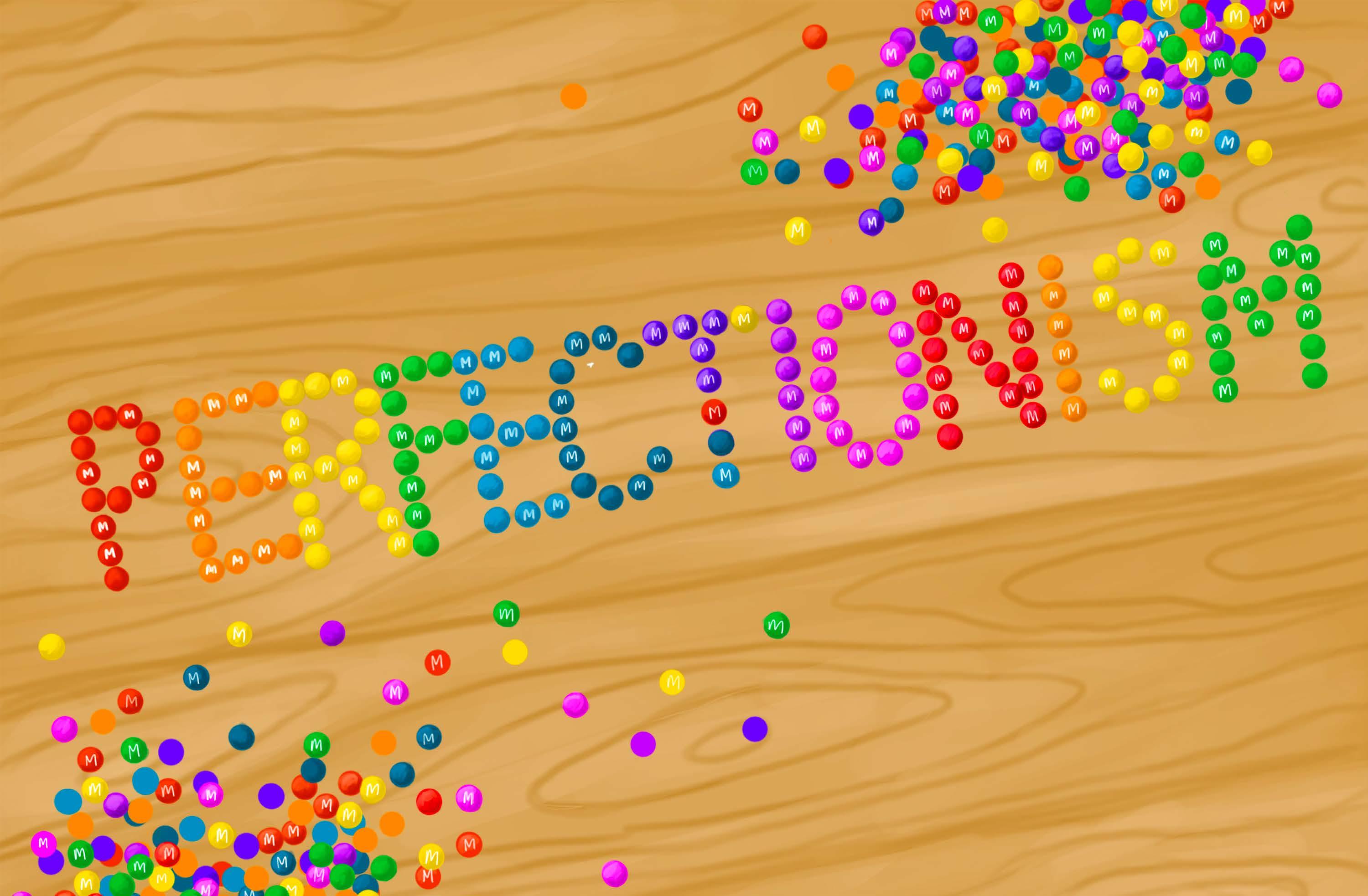
8 minute read
Arts & Culture
from 30 November 2022
Looking back at 150 years of the Winnipeg Free Press
Upcoming exhibit looks back on decades of fact-based journalism
Damien Davis, staff
The Winnipeg Art Gallery (WAG) is holding an opening celebration for a new exhibit commemorating the 150th anniversary of the Winnipeg Free Press this upcoming Friday, Dec. 2.
Headlines: The Art of the News Cycle will feature a plethora of mixed media pieces in relation to the 21st-century news cycle and the history of local news.
Doors for the free event open at 6 p.m., and attendees will hear from editor of the Winnipeg Free Press Paul Samyn, WAG-Qau majuq director and CEO Stephen Borys and head of collections & exhibitions and curator of Canadian art at WAG-Qaumajuq Riva Symko.
“What’s unique about this exhibition in particular is that it’s kind of a blend between a meditation on the media and news itself, whilst also thinking about the local context, in relation to the Winnipeg Free Press in particular,” Symko told the Manitoban.
Each contemporary artwork in the show will have a corresponding deep dive activity. Attendees will be provided iPads with poll questions ranging from how much time they spend with a newspaper to stories they would like to see in the Free Press.
“Halfway through this exhibition planning, I started to see the space myself as just a space to actually meditate on something that we consume every day, whether we want to or not, and just space to think about how and what we’re consuming,” Symko explained.
She later added that she wants to know what journalists themselves have to say in regards to the exhibit.
“I’m interested to hear their take on something that is different for someone like me, who is involved in art every day, who of course consumes media but isn’t involved in the actual making of it,” she said.
“So I’m interested to see what some of our local reporters, local journalists [and] local newsmakers have to say too.”
When asked what he hoped attendees would take away from the exhibit, Free Press editor Samyn said he thinks “there is a bit of similarity between art and journalism in the sense that there’s a way stories can be told, and ideas expressed.”
“Obviously art tends to move by way of a canvas,” he said. “They have paint, we have ink.”
Samyn believes the exhibit will also showcase a duality of both the growing awareness and growing concern regarding the importance of “independent, fact-based journalism.”
“They have paint, we have ink” cussion and understanding — Paul Samyn, and appreciation of a newspaper like the Winnipeg Free editor of the Winnipeg Free Press Press, and the role that newspapers and fact-based journalism play in our society.”
photo / WAG / provided
“As much as this exhibit in part is marking the 150th anniversary of the Free Press and our history in this province, I think it’s also about the future,” Samyn said. “Democracy is under threat, in part because there’s a lot of disinformation and a lot of misinformation, and people are able to exploit people’s lack of knowledge, lack of awareness.”
“This exhibit lands at a place and a time where there needs to be a really good dis-
Headlines: The Art of the News Cycle will be on display at the WAG from Dec. 2, 2022 to May 21, 2023.
arts@themanitoban.com
’Toban turntable
Dangler — ‘Sunny Day Lake Music’
Alex Braun, staff
4.5/5 stars
Sunny Day Lake Music is both a completely apt and ironic way to name the debut compilation EP from Dangler. There is a sort of musical breeziness to some of the tunes and arrangements, but thematically it could not be any further from a sunny day on the lake.
Dangler is the newest pseudonym for Lino D’Ottavio, who has gone by many other names, perhaps most notably releasing a number of drone projects under the pisces// moniker.
D’Ottavio was also a member of the great band Baseball Hero, and is a fairly prolific producer and engineer, working on projects by Jamboree, meadows and Viewing Party.
Sunny Day Beach Music is the first real solo pop record he has released. It compiles songs from the past five years, most of which were written long ago but modified recently.
Opening track, “But I” is a quick burst of desperate, self-lacerating energy. It eventually builds from its stark guitar and vocals, opening to an overblown noise folk middle section reminiscent of Elephant 6 recordings.
“U Know” opens as a breezy indie rock strummer, but eventually builds to a loose guitar solo and a mess of background screams after the song’s concluding lament that “everything hurts.”
“Grody” is an unappealing title for what is a quite pretty piece of slowcore-inflected balladry that verges on anthemic, despite its defeated tone. Gang vocals and soaring lead guitar lines intertwine in the song’s uplifting middle section for a real lighters-inthe-air rock moment.
“Ear” is possibly the highlight of the record for me. A pop song with a massive chorus and a bouncy, slightly bossa nova verse section that is made just the right amount of obtuse, with loose, lo-fi drum tracks and another dose of overblown production in the song’s climactic final chorus.
“New Wave” is a sharp left turn into synthpop, and leads
well into the gorgeous ambient interlude, “Sand,” that drops us straight into the bubbly final track. “Beach Song” is almost a love song, and notably more self-assured lyrically than Some of the most detailed, spirited the other and exciting indie rock to come out tracks. It’s a great closer, of Winnipeg this year feeling genuinely climactic on an album filled with high points. Sunny Day Lake Music is some of the most detailed, spirited and exciting indie rock to come out of Winnipeg this year. Rock fans of all stripes, listen up. Sunny Day Lake Music is available on major streaming services arts@themanitoban.com

Four books for thinking critically about love
Critical theory for coping with cuffing season
Jessie Krahn, staff
Cuffing season is upon us, that time from late fall to early spring when couples seemingly pop out of the ground. At times like these, and with my eye on the socially exhausting holiday season ahead, I turn to nerds to cope.
Here are four books that encourage lonely, loveless and lovelorn readers to think critically about their notions of love. Each one is available through the U of M libraries.
A Lover’s Discourse: Fragments by Roland Barthes
Who better to get the ball rolling than the unrestrained Roland Barthes?
A Lover’s Discourse is a maniacal meditation on love. Barthes gathers quotes or “fragments” from literature and life, systematically sorts them into categories based on romantic ideas and muses about them grumpily.
On top of reading like the diary of a jilted English major, the book roves through its over 80 concepts like “adorable” and “tenderness” in an absurd alphabetical order.
I read this during Valentine’s weekend in 2021 instead of focusing on coursework. Before that, I had never read such a bitterly soft examination of love. Barthes writes out the thoughts you might keep to yourself, such as “should I telephone or shouldn’t I?” and he is good at making you feel a little less alone with them.
Desire/Love by Lauren Berlant
Have you ever caught yourself daydreaming about bumping into a stranger so gracefully that they fall in love with you, and you both frolic into the sunset? That is probably not a fantasy you came up with alone.
There are ideas about love that come to us externally, according to Lauren Berlant. Part of the reason for this is that the people seeking to realize fantasies are also paying customers in the making.
Berlant’s writing is rife with knifelike insights on tender subjects. In this book, they work through the ways that notions of love and desire come to us from a homophobic and consumerist culture.
Berlant thinks the aesthetics of love work like the engine of some industries — love aesthetics generate demand for solutions by producing single people who are desperate for them.
Berlant will help you wonder who benefits from your daydreaming.
The Cultural Politics of Emotion by Sara Ahmed
Sara Ahmed does not just write about love in this book, but love is an important part of her project. She notices that we extrapolate our ideas about love from interpersonal contexts to national politics.
For Ahmed, love is a recognition of likeness. We love someone or something because they seem to be close to our ideals.
She examines rhetoric from right-wing fascist groups, which frames those groups’ violence as love for their nation. A lovable nation for fascists is one which approximates white supremacist ideals.
As grim as the content of Ahmed’s book sounds, she fills it with light. Ahmed is one of the few living philosophers who I am a sincere fan of. She will get you to sideeye those popular representations of love that usually seem to appeal to everybody, and wonder why they are so easily co-opted.
All About Love: New Visions by bell hooks
The author bell hooks is an inevitable feature on lists like these, and that is for good reason. Her book is a grounding intersectional intervention in the genre of self-help literature.
In surveying other influential self-help works, hooks points out the ways these texts overlook the influence of class, race and gender in our relationships.
Most of all, she stresses that finding love is not just up to individuals’ self-improvement, as much as self-help literature might suggest that it is. Loving relationships are reciprocal. They are built through conversation, courage and collaborating through conflict.
What sung to me in hooks’s work was her reminder that there are other kinds of love in our lives besides romantic love, and our romantic relationships should abide those other loves.
We fuse fragments of stories we tell about love into a bricolage of stereotypes and unattainable myths. No wonder the prospect of finding love in a season when it is apparently in abundance stresses people out!
There is no shame in being single. Romance is not a magical thing, it is a human experience susceptible to the same distortions as anything else.
That does not mean you should cull the hopeless romantic in you, though. It is okay to be open to possibilities, and to be hopeful that you will experience them. We all have love in our lives. Who is to say a little more is not on the way?
arts@themanitoban.com





